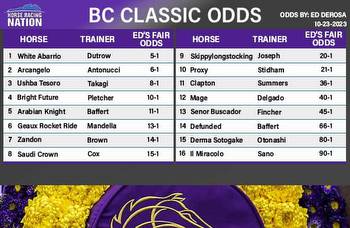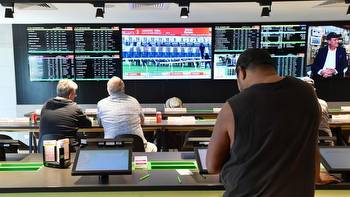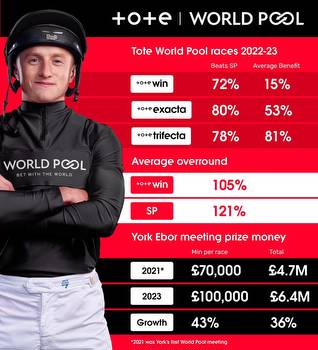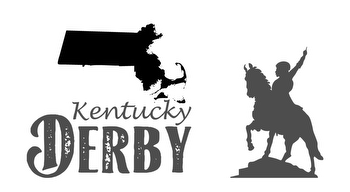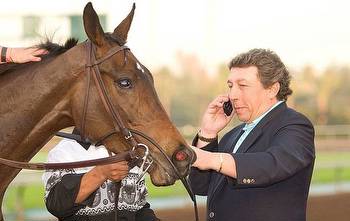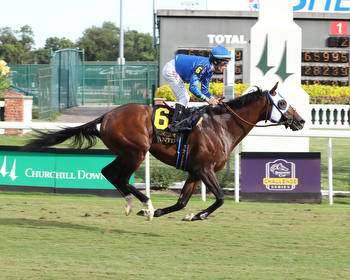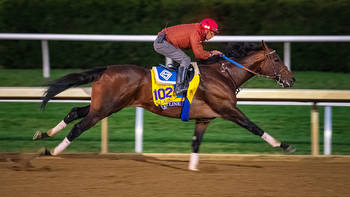Tech is making horse-racing bettors richer than ever

On Saturday afternoon, horse-racing fans around the world will watch as favorites Gun Runner, Nyquist and Exaggerator vie for first place in the Kentucky Derby. Many people will put money on the Run for the Roses; 2015 on-book Derby wagers reportedly totaled $130.5 million. But few gamblers will be as vested as an elite coterie of mega-bettors who use technology to game the system — not unlike what hedge funds use to analyze the stock market.
According to a recent article in the racing bible Blood-Horse magazine, syndicates composed of Ivy League-educated computer scientists, astute handicappers and seasoned money-movers “[make] thousands of wagers in an instant.” One area team leader tells The Post, “It’s just like Wall Street. We’re looking for value and jumping into trades all afternoon.”
Unlike the rest of us, members of these tightly managed syndicates — reportedly around 21 in operation — bet only when they perceive advantages. Their software grinds though loads of data from past races to provide what’s hoped to be the true odds for each horse running. When the system finds value — say, if the track offers odds of 6–1 but the software says it should be 3–1 — they pounce with wagers.
The first computer-assisted betting operations quietly began in Hong Kong and used complex algorithms to capitalize on inefficient markets. Over the years, news of their success leaked. Many people tried to emulate the Hong Kong horse-players and failed. Others struggled before finding profitable formulas.
“I did not have immediate success with the analysts that I put to work for me,” says the source, who has since gone on to earn millions. “I worked with an engineer from a top university and made money, but we couldn’t scale things up to make enough. It took two years to find the right people.” Today, says the gambler, a handicapping system would take at least a year $2 million to create — with no guarantee of immediate success.
It’s just like Wall Street. We’re looking for value and jumping into trades all afternoon.
Blood-Horse reports that the teams wager a total of nearly $2 billion per year on various races and realize significant profits. This past March, according to an article in the magazine, computer-assisted players accounted for an estimated 15.9 percent to 20.2 percent of total racing money wagered in North America.
But, emphasizes the insider, the machines are not exactly boss. “We have people eyeballing the files and making sure nothing is abnormal,” he says. “You proof the work — but need to do it in split seconds and make adjustments.
“I’m at my computer by 5 in the morning,” says the source, whose team grosses in the eight-figures annually. “At that point, some of our guys have already put in an hour of work, entering and analyzing data from races on the West Coast. Others are proofing information for the coming day’s races, sizing up the market, predicting closing prices. People claim that what we do is robotic, but I can’t emphasize how far from that it is. There is a huge human element involved.”
As far as the Kentucky Derby goes, he says, the big race has previously been a big loser for him and his teammates, who have lost seven figures over the past few years. Because horses in the Kentucky Derby rarely race against one another, he says, “You can’t build a [reliable] statistical handicapping model.”
Nevertheless, he keeps chasing the Blue Grass dream and betting large. “Eventually we will have a big day there. Sometimes you just put on your seat belt and keep your fingers crossed. We have science on our side, but this is still far from a sure thing.”


